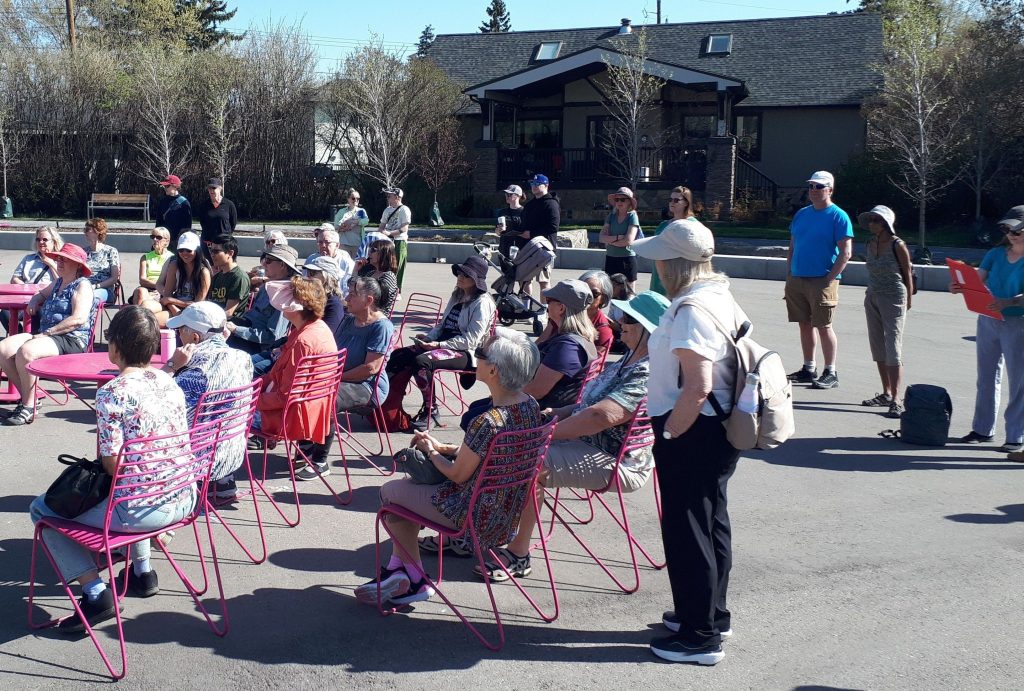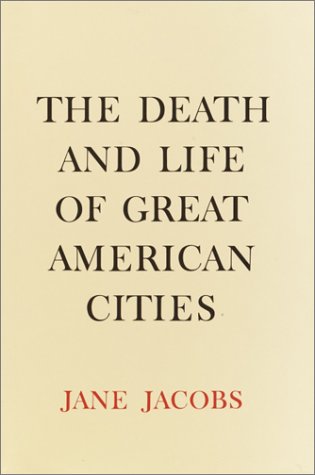My BWL blog post today comes from my recent experience of organizing my children’s books and re-reading some classics. Enjoy! https://bwlauthors.blogspot.com/


My BWL blog post today comes from my recent experience of organizing my children’s books and re-reading some classics. Enjoy! https://bwlauthors.blogspot.com/

My project this winter was to declutter the Calgary home I’ve lived in for twenty-nine years. My husband Will and I loaded fifteen boxes of books into our car to donate to charity book sale. Will sold our old foosball table and other items of some value on Kijiji. We filled an old suitcase with items to bring to our son in Ottawa for him to keep or sell in his neighbourhood garage sale.
The Great Glebe Garage Sale takes place annually in Ottawa the fourth Saturday in May. About a third of the homes in the Glebe neighbourhood participate. Shoppers come from all over the city and make the event into a festival. People line the sidewalks, food trucks set up on main streets, and flea market vendors rent spots in the high school yard.
This year, our spring visit to Ottawa corresponded with Great Garage Sale. Will and I helped sell items to the thousand or so people who browsed the goods that lined our son’s driveway. Our old suitcase sold for $10. A woman paid $25 for a dilapidated rocking chair that had belonged to my grandparents. She plans to refurbish it into a cherished antique.
Two weeks after The Glebe, my Calgary neighbourhood hosted a Parade of Garage Sales. Will and I were inspired to give it a try. From the Parade organizers and our son, we picked up a few garage sale tips.
As it turned out, we didn’t need the change since almost everyone paid with coins or small bills, and the deals didn’t entice people to add to their own clutter, although our neighbour bought our whole box of fridge magnets for one dollar.
We generally priced our goods lower than our son did his because our prime goal was to get rid of stuff and we knew our shoppers would be a fraction of the Great Glebe’s. Our first buyer arrived a half hour before the official start and got first dibs on our vintage board games and other items. We heard the word “vintage” several times that day, which was nicer than saying “junk.” People enjoyed nostalgic moments at the sight of toys they recalled playing with as children. A woman reminded me that I’d bought my abacus in Hong Kong 50 years ago.
Another woman fell in love with a heavy mirror in a carved wood frame that had been on my father’s wall. She bought it for five dollars. My father liked garage sales and collecting “vintage” goods. He’d be happy the mirror went to this woman rather than remain stashed in my basement corner.
It was great to see bulky items go to people who’d appreciate them. My old guitar with broken strings, a folding lawn chair that we’d found uncomfortable, a bean bag game we hadn’t played in years.
A lot of stuff was left over at the end, including a ping pong table. But the table’s large surface was so handy for displaying items like board games that we don’t mind storing it disassembled in the garage for a future garage sale.
Yes, we’ll probably do it again. Garage sales seem to run in my family blood and one of these years I’ll convince Will to sell his “vintage” childhood wagon that a few of our buyers spotted in our garage.
Now our task is to throw out the real junk, pack up China and household items for Goodwill donation, and return a few unsold things to our house to keep until next year. I’ll return my abacus to the wall unit as a source of Hong Kong memories instead of a piece of clutter.
The sale has also inspired our next project — to clean up and organize the garage. It will be a pleasure to drive inside, when there’s finally room again for the car.

On today’s BWL author blog, I write about my recent experiences with garage sales. https://bwlauthors.blogspot.com/ I’ve found it an interesting and nostalgic experience.

I’m looking forward to discussing the Nuances of Mystery and Crime Writing with my fellow panelists P. D. Workman and Garry Ryan and moderator Niaill Howell at the WGA conference https://writersguild.ca/wga-2025-conference-genre-and-form-through-time-june-7-8/ this Saturday.
On Saturday, May 3, I celebrated May Day with back-to-back-to-back activities. The day began with sunshine, warmth, and my morning Heritage Walk in Calgary’s Tuxedo Park — my first time leading a Jane’s Walk. Forty-three people turned up at our meeting spot in Balmoral Circus Park, which conveniently provided chairs for half of the attendees.

After my introduction and a discussion of the intersection’s history and recent transformation into a park, we set off to explore the other historical sites in the neighbourhood that I had chosen for the setting of my mystery novel, A Killer Whisky.
The whole walk took 1.5 hours. Highlights included unexpected contributions by walk participants. A woman who grew up in the neighbourhood recalled that the house in the above picture used to be a Scout Hall. She rang the home’s doorbell to see if the owners could confirm this. They said they were newcomers but would contact the previous owners and send her more information.
At our next stop, a surprise for me was a “Sold” sign in front of the blue house in this picture.

A few weeks earlier, when I’d researched the walk, no sign was there. I had imagined this 1912 house as the residence of my novel’s protagonist. A woman in the walking group Googled the real estate listing and found the description boasted that the home was featured in a Jane’s Walk. During my research trip, I’d dropped a flyer in the mailbox advising the owners about the upcoming walk. Evidently their real estate agent viewed this as a selling point.
Between my morning and afternoon walks, I grabbed a burger and fries at a nearby local landmark, Peter’s Drive In. After lunch, I repeated my Jane’s Walk for 40 new participants. The afternoon walk featured three guest speakers.
The first speaker was planned. In front of the 1912 commercial building that once housed a branch of the Calgary Public Library, author and literary historian Shaun Hunter spoke about Elaine Catley, a Canadian writer who lived in Tuxedo Park in the 1920s.
The two other speakers were spontaneous additions. When we discovered an urban planner from the City of Calgary was in the audience, we asked her explain about Heritage Protection laws, which I wasn’t familiar with.
Later, a woman who’d gone to Balmoral Bungalow School shared her memories of attending the school that was built to temporarily house students during Calgary’s periods of rapid school enrollment. The school is boarded up now, although an application has been made to make it a daycare centre.

From the walk, I drove to the Austrian Canadian Cultural Centre for a dinner/dance to celebrate May Day and the Centre’s 70th anniversary. May Day, the halfway point between the spring equinox and the summer solstice, welcomes the summer growing season with the traditional Maypole dance.

During the day, groups from Western Canada had gathered at the Centre for workshops on Schuhplattler dancing. My sister’s German dance club came from Victoria and dressed in dirndl and Lederhosen for the occasion.
After the workshop presentations, the band continued with polkas. I was tired from my busy day, but couldn’t resist hitting the dance floor when the band segued to Elvis’ “Blue Suede Shoes.” By midnight, I was ready to crash in our hotel room.
What a fun way to usher in summer. Happy Merry Month of May to you!

On today’s BWL author blog, I discuss my May Day experiences of leading two Jane’s Walks and watching a Maypole dance. https://bwlauthors.blogspot.com/ What a beautiful day of summer-like weather in Calgary.


Next weekend I’ll do something I haven’t done before — lead a Jane’s Walk. My route will explore part of Calgary’s Tuxedo Park neighbourhood, the primary setting for my historical mystery novel, A Killer Whisky. Heritage Calgary lists six Tuxedo Park sites with heritage value along our twenty-minute stroll. My favourite is a continuous row of workers’ cottages built in 1912-13 and lovingly preserved. I imagined my the protagonist of my novel set in 1918 living in one of these homes.

Jane’s Walks take place in numerous cities every spring to commemorate the May 4th birthday of American-Canadian journalist, author, and activist Jane Jacobs. When I studied urban planning at Concordia University in the 1970s and 80s, Jacobs was the heroine of my professors. She wrote and acted against the dominant approach to urban renewal of the previous decades — tear down old buildings and replace them with concrete blocks, clear slums, and build expressways through neighbourhoods without regard for the residents. Jacobs espoused the opposite. “Downtown is for people,” she wrote. She advocated for community life on the streets, mixed land use over suburban sprawl and separate residential and commercial zones, and grass-roots city planning.
Jacobs rose to prominence in the 1960s during the fight to prevent New York City’s Greenwich Village from becoming a high-rise development. She was instrumental in stopping the Lower Manhattan Expressway, which would have cut through the city’s SoHo, Little Italy, and Chinatown neighbourhoods. At a public hearing for the latter, she was arrested for inciting a riot. The charge was later reduced to disorderly conduct.

In 1968, Jacobs moved with her husband and three children to Toronto, Canada, where she became a leader in the movement to stop the Spadina Expressway. “Cities should be built for people not cars” was a prevailing theme of her work. After her death in 2006, the city of Toronto declared May 5, 2007, Jane Jacob’s Day and offered two dozen free neighborhood walks, which became nicknamed Jane’s Walks. The following year, the event spread to eight cities and towns throughout Canada, and by 2016, Jane’s Walks were taking place in 212 cities in 36 countries and six continents.
For this year’s Jane’s Walk Festival Weekend (May 2-4, 2025) over 500 cities around the world will be participating. When I applied to lead a walk, I had no idea the event was this huge. To find out if your city is involved, you can search the Jane’s Walk website: https://janeswalk.org/about-us/
Walks are led by volunteers and free, although you generally need to register as they fill up. Anyone with a proposal and enthusiasm can apply to lead a walk and will probably be accepted. Despite my research on Tuxedo Park, I still have a fair bit to prepare for the walk. A first step was another field trip to the neighbourhood. Three friends and I “walked the walk,” decided on the best places for me to stand for my talks, and discovered some additional points of interest.
In the spirit of Jane Jacobs, Jane’s Walks go ahead, rain, shine, or snow. I’ll be ready for them all.

I’m excited to be participating in this year’s Writers’ Guild of Alberta conference, which will take place in Calgary June 7-8. Here are the details for the two days of activities and pre-conference online events. https://writersguild.ca/wga-2025-conference-genre-and-form-through-time-june-7-8/#rdv-calendar .

On today’s BWL author blog, I talk about author and activist Jane Jacobs and the history of Jane’s Walks, which will happen three weeks from now in Calgary and around the world. https://bwlauthors.blogspot.com/
